Green lanes in Montreal provide free food to inhabitants
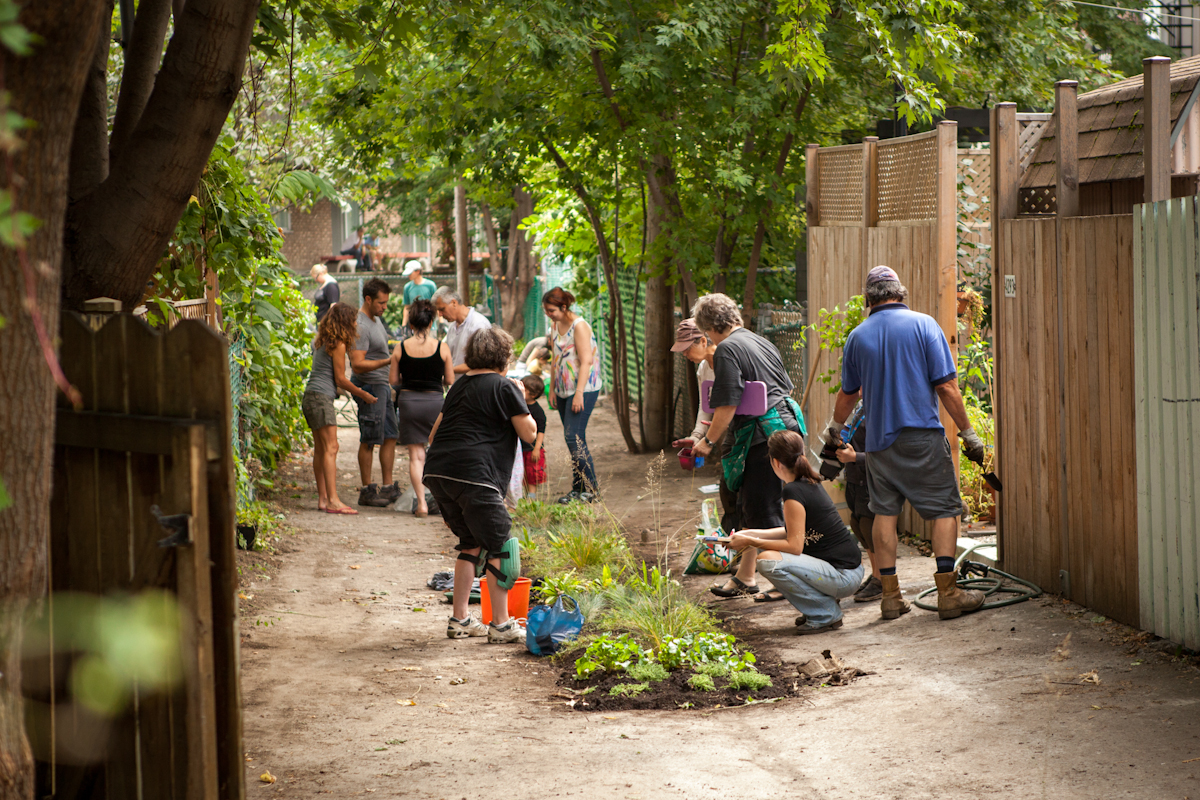
In Montreal, Quebec, volunteers are working towards edible streets. Now, residents can consume fruits and vegetables freely that grow almost in front of their doors. Read more
[Please do no contact the news team of Inspir’Action! We’re not owners nor reseller of Brikawood. See contact details below.] … More
The Plastic Road project in the Netherlands gives new life to plastic waste, while, at the same time, avoiding millions … More
Good news, on the environment, is scarce. For the first time, a group of English and American scientists succeeded in … More
Good news, on the environment, is scarce. For the first time, a group of English and American scientists succeeded in … More
[Please do no contact the news team of Inspir’Action! We’re not owners nor reseller of Brikawood. See contact details below.] … More
The Plastic Road project in the Netherlands gives new life to plastic waste, while, at the same time, avoiding millions … More
Good news, on the environment, is scarce. For the first time, a group of English and American scientists succeeded in … More
The house of Ingrid and Benjamin Hjertefølger, surrounded by a garden, protected from the cold by a glass dome and … More
In order to make your fastest meals come together with eco-responsibility, German company Leaf Republic has devised a biodegradable alternative … More
Good news, on the environment, is scarce. For the first time, a group of English and American scientists succeeded in … More
In collaboration with Parley for the Oceans, an organization that brings together scientists, artists and citizens around projects to clean … More
In a world where coal, nuclear and gas are still considered the main sources of energy, Germany managed to use … More

In Montreal, Quebec, volunteers are working towards edible streets. Now, residents can consume fruits and vegetables freely that grow almost in front of their doors. Read more
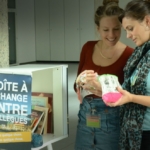
He always liked to transform the cities and allow the meeting between the inhabitants to make them happy. Geneva’s Dan
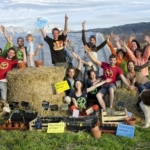
This collective and spontaneous solidarity movement is booming around the world. You could soon find, at the corner of your
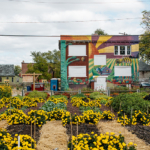
Detroit, symbol of the success of the auto industry and the American dream, was officially declared bankrupt in 2013, crushed
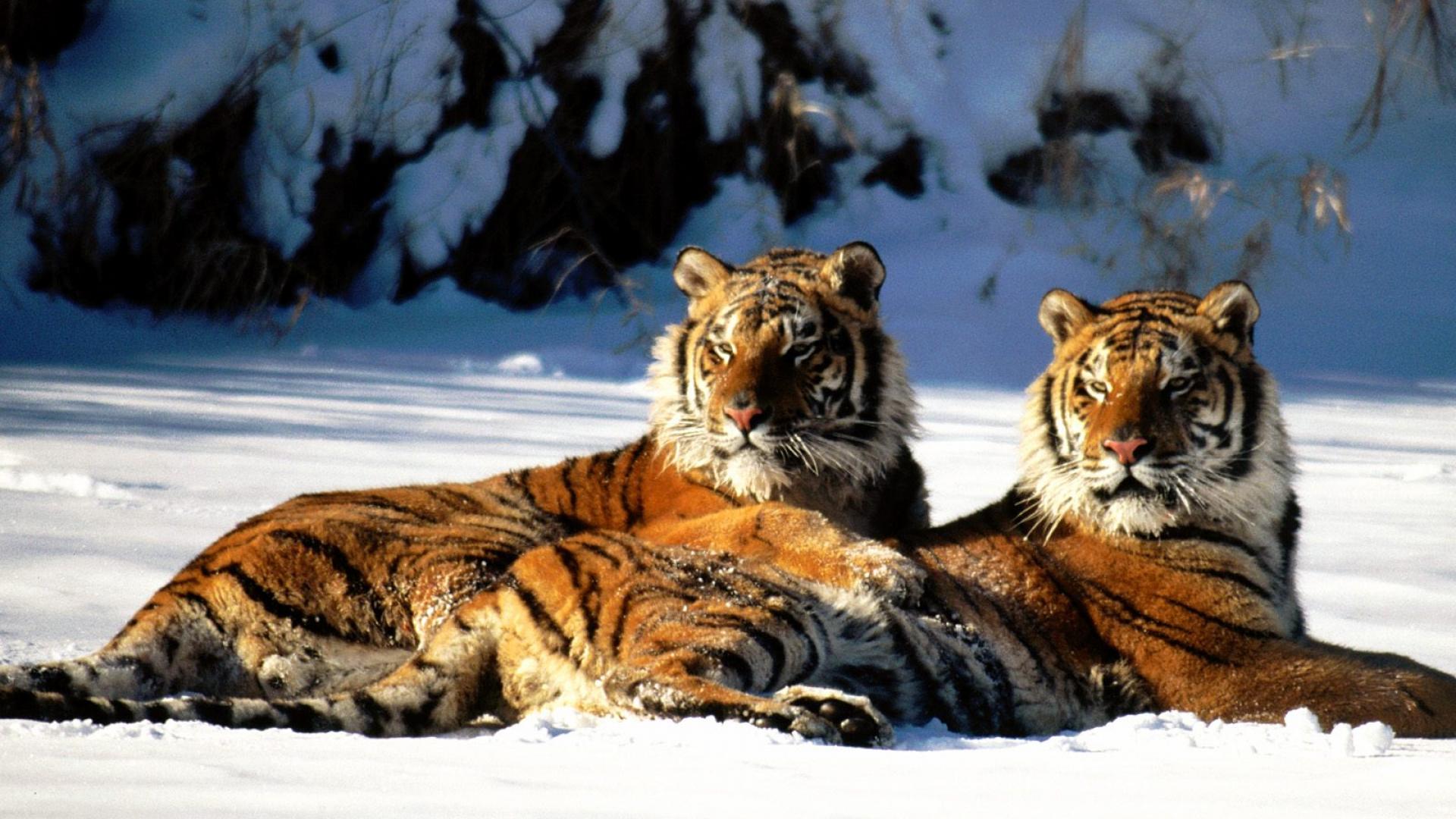
Majestic yet terrifying. Powerful yet endangered. The Amur tiger, also known as the Siberian tiger, which has been skimming extinction, sees its future brighten as the Bikin National Park is being set up in the Primorsky Krai in Far East Russia. Spreading over 1,16 million hectares of virgin forests, the park is the Russian Amazon.
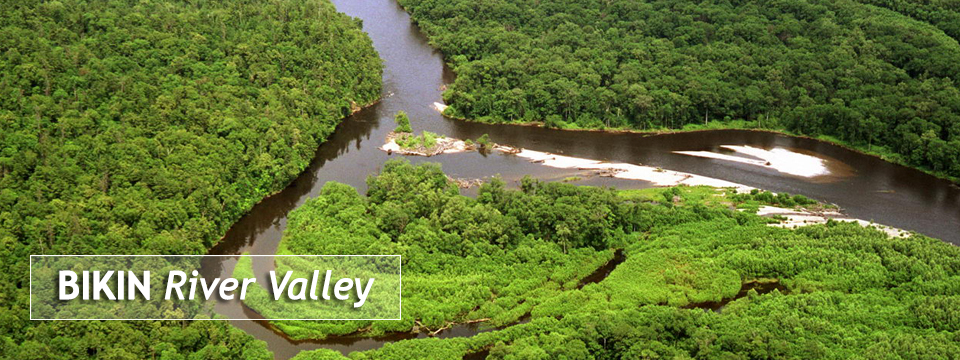
The mission is to save the Amur tiger whose population is estimated at 523, with the majority 95% of these rare tigers living in the wild Russian Far East. In end of 2015, the Russian government signed a decree in view of creating the Bikin National Park to ensure the protection of the tiger. The virgin forests of the Bikin River Valley are the native land to approximately 10% of the Amur tigers.
The region is equally home to the Udege people who are the native inhabitants of the Primorsky Krai. They make up around 1,400 people, living on hunting and fishing.
After lengthy negotiations with the inhabitants as well as with operators of elite hunting activities, gold miners and timber merchants, an agreement has finally been made to go ahead with the creation of the immense reserve for environmental protection while balancing the maintenance of the traditional way of life of the Udege people.
Aleksey Kudryatsev has been nominated as the Director of the park. Being established, the Bikin National Park will preserve the unique panoply of extensive varieties of animals and plants. Located on the western slope of the Sihote-Alin Mountain, the Bikin River Valley is also on the tentative list to be designated as a World Heritage site.
This wide region is one of the last untouched by man in the Northern Hemisphere, boasting of infinite cedar trees.
It is in itself a complete analog of pre-glacial deciduous forests. No tree was ever felled here. Apart from its wondrous and rich vegetal assortment, the park is equally home to some 51 species of mammals including the Amur tiger, and 194 species of birds out of which some are rare and figure in the Red Data Book of the Russian Federation.
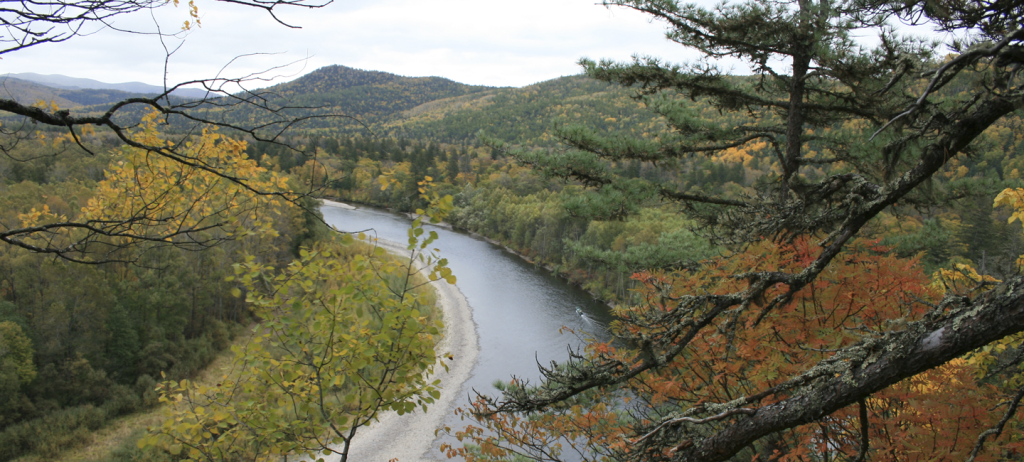
While zoning the Bikin National Park, a large area has been allocated to the indigenous people of the region who will continue to live unperturbed, according to their ancient traditions.
With the setting up of the wildlife reserve, it is expected that poaching will diminish and that the endangered Amur tiger will be safer. Another nearby reserve is the Sikhote-Alin Biosphere Reserve which has been set up in 1935 to protect the native Amur tiger as well as other species such as the sable. Hunting and fishing are totally forbidden. This reserve is presently home to some 30 tigers.
The next tiger census in Russia will be carried out in 2020. The region is covered with snow for several months in winter and makes it easier for specialists responsible for tiger protection and research to make a census by following trails and counting the prints with high accuracy.
They are equipped with GPS to obligatory enter coordinates of each tiger encountered.
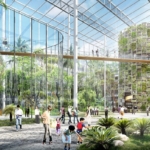
In China, Shanghai still remains the most populated city with its some 24 million inhabitants. In the middle of metal
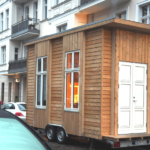
In Europe, accommodation is becoming extremely expensive. In big cities, like London, Paris, Vienna or Roma, people with average incomes
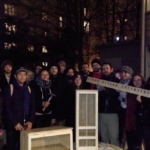
From the simple donation box to the more elaborate common pantry idea, this organization is bound to better the lives
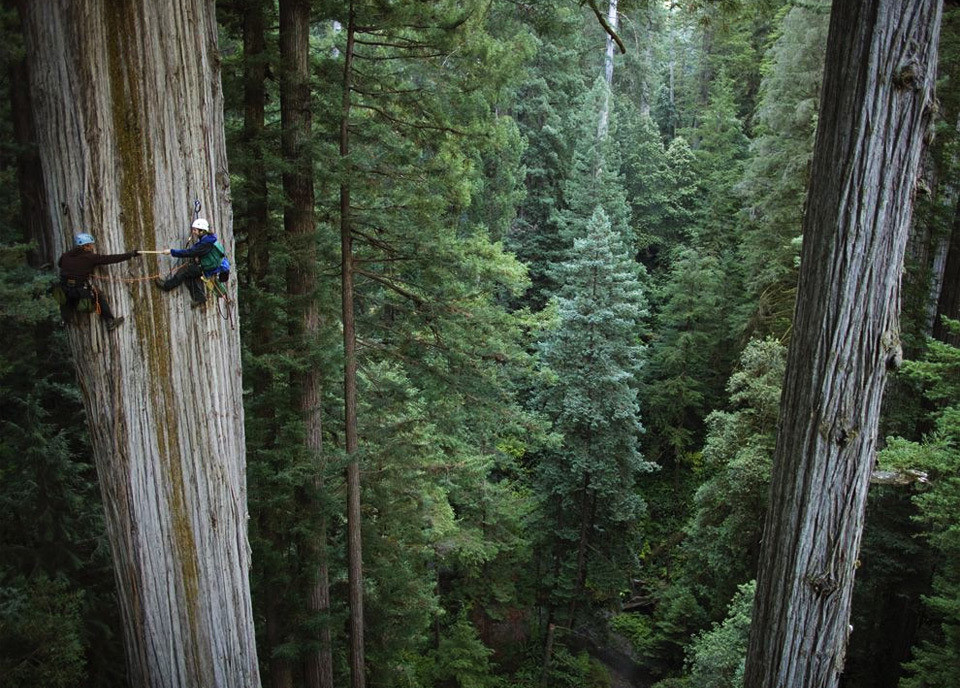
Sequoia trees are the living relics of power and mystery of ancient age. Standing majestically as hoary sentinels in the Sequoia National Park in California, these trees could be the key to effective reforesting of the planet to combat global warming.
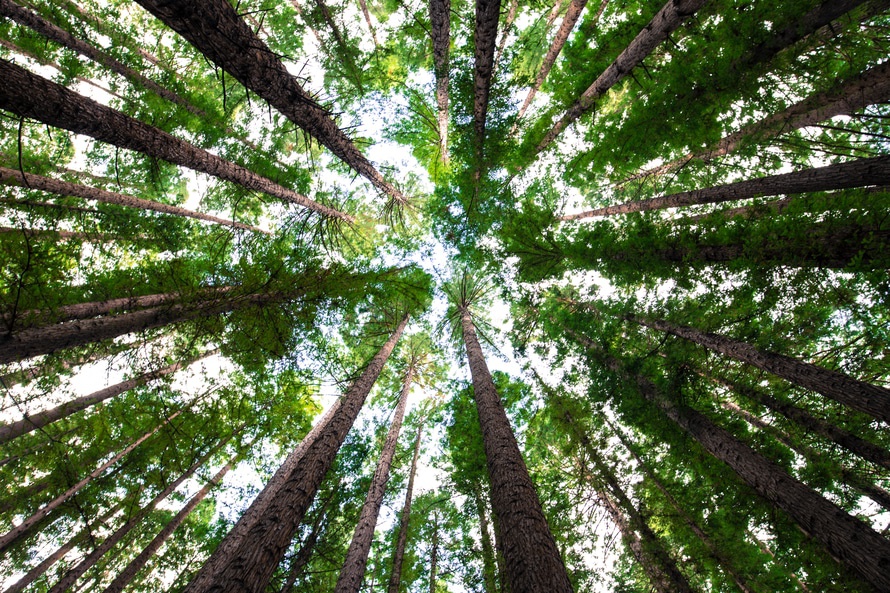
In this vein, a group of experts from the non-profit organization Archangel Ancient Tree Archive have decided to study them, archive their genetics and…clone them.
The aim behind is to reforest the planet with solid trees that have proven to stand firm through ages, surviving natural calamities.
Already, more than 170 tree species have been cloned in this manner while more than 300,000 cloned trees have been planted around the world, according to the organization.
The Sequoia is a type of redwood coniferous tree found exclusively in the Northern California coastal forests as well as in the Southwestern part of Oregon in the United States.
Some of them are almost 100m tall and 3,000 years old. The average circumference of their trunk is 8m, making them perfect to absorb a large amount of carbon dioxide.
The region is equally home to the Sequoia National Park renowned for its giant Sequoia trees and especially, the legendary General Sherman tree which is the world’s largest tree.
The Archangel Ancient Tree Archive team has already experimented cloning the Sequoia, reversing the theories of other scientific experts who claimed that same could not be carried out.

The cloning experimentation was rendered possible through funds from the National Tree Trust as well as private donors.
Jacob Milarch, the director of Archangel Ancient Tree Archive, declared that:
We feel like if it’s lived for 3,000 years, maybe their genetics is something special there
Volunteer climbers helped to clip the tips of the youngest branches. The cuttings were then sent to the Archangel’s Michigan Laboratory to be cloned. Saplings that do grow have to be monitored indoors for several years before being finally ready to put into soil.
By replicating the growth genetics of the thousands years old Sequoia, the Archangel Ancient Tree Archive created a micro-propagation system.
Thousands of cloned saplings are now being nurtured for at The Copemish- a warehouse in Michigan. They all have the DNA of the majestic Sequoia tree. Growing rapidly, most of them are ready to be planted.
By the end of this year, 1,000 cloned saplings of Sequoia and redwood will be planted in the region of Oregon. This area was chosen for its dampness to increase the possibility of growth of the trees in the natural environment.

And if it were enough to paint the roads in white to limit the extreme heat in the city? This
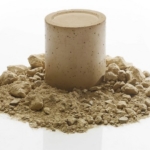
The founders of Argilus are persuaded that they invented the “concrete of tomorrow”. When current concrete requires the use of
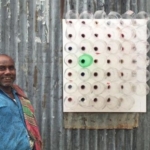
Bangladesh has a warm, rainy and humid tropical climate with temperatures climbing up to 45 degrees Celsius (113ºF) in summer.
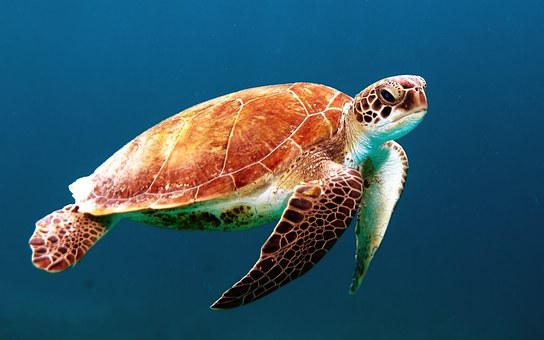
Two weeks ago in the Galápagos, the presidents of Ecuador, Costa Rica and Colombia announced an agreement to enhance the protection of marine life by expanding their marine reserves around Galapagos, Malpelo, and Cocos.
Along with Panama’s Coiba National Park, the three protected areas make up the world’s densest cluster of UNESCO Marine World Heritage Sites. Currently, only 2,8% of the world ocean is protected, and less than 1% of it, is a marine reserve, which implies that activities such as fishing are prohibited.
The project, which aspires to meet United Nations target of protecting 10% of the world’s oceans by 2020, is a pivotal moment in the history of sustainable development and ocean management.
We are talking about some of the most biodiverse ocean waters, where “sharks, turtles, rays, whales, seabirds, tuna and billfish surge back and forth in response to seasonal changes in water temperature and food availability”, as Scott Henderson, vice president of Conservation International (CI)’s Eastern Tropical Pacific Seascape program points out in an interview for Human Nature.
In the same interview, he further explains that these areas “have registered the highest density of sharks recorded anywhere on Earth and some of the highest fish biomass (total weight per unit area) ever recorded”.
But the triumphant agreement in Galápagos isn’t vital only for the corals, the turtles, the penguins, the sea lions, the dolphins and the whales of the area. It’s a strategic movement also for the region’s economic growth and the improvement of the livelihood of industrial fishermen, who can benefit from the abundant spillover on the reserve boundaries.
In practice, the agreement raises the marine reserves of the three nations to 83,600 square miles. As stated in National Geographic’s article by Jane Braxton Little, “Ecuador and Costa Rica also agreed to delineate the boundaries of their national waters, exchanging nautical charts in a step toward protecting the underwater ‘highways’ used by sharks, sea turtles, and other migrating marine life”.
Following National Geographic’s report, Colombia President Juan Manuel Santos pledged to double the size of one of the largest no-fishing zones in the region — the Malpelo Flora and Fauna Sanctuary, established 300 miles off the mainland.
In an effort to protect white-tip sharks, whale and hammerhead sharks, Costa Rica President Luis Guillermo Solís committed to expanding Cocos Island National Park by nearly 4,000 square miles — an action that will increase by four times the area where fishing is restricted. Last but not least, under the new boundary maps, Ecuador’s revised marine territory is now five times larger than its continental territory.
Beyond doubt the agreement among these three nations is an historic moment, as “it’s the first time that three presidents got together to expand protections in their neighboring waters” according to Enric Sala, a National Geographic Explorer-in-Residence. Now that the path is set, we can only wish that other countries will follow the steps of these three leaders.
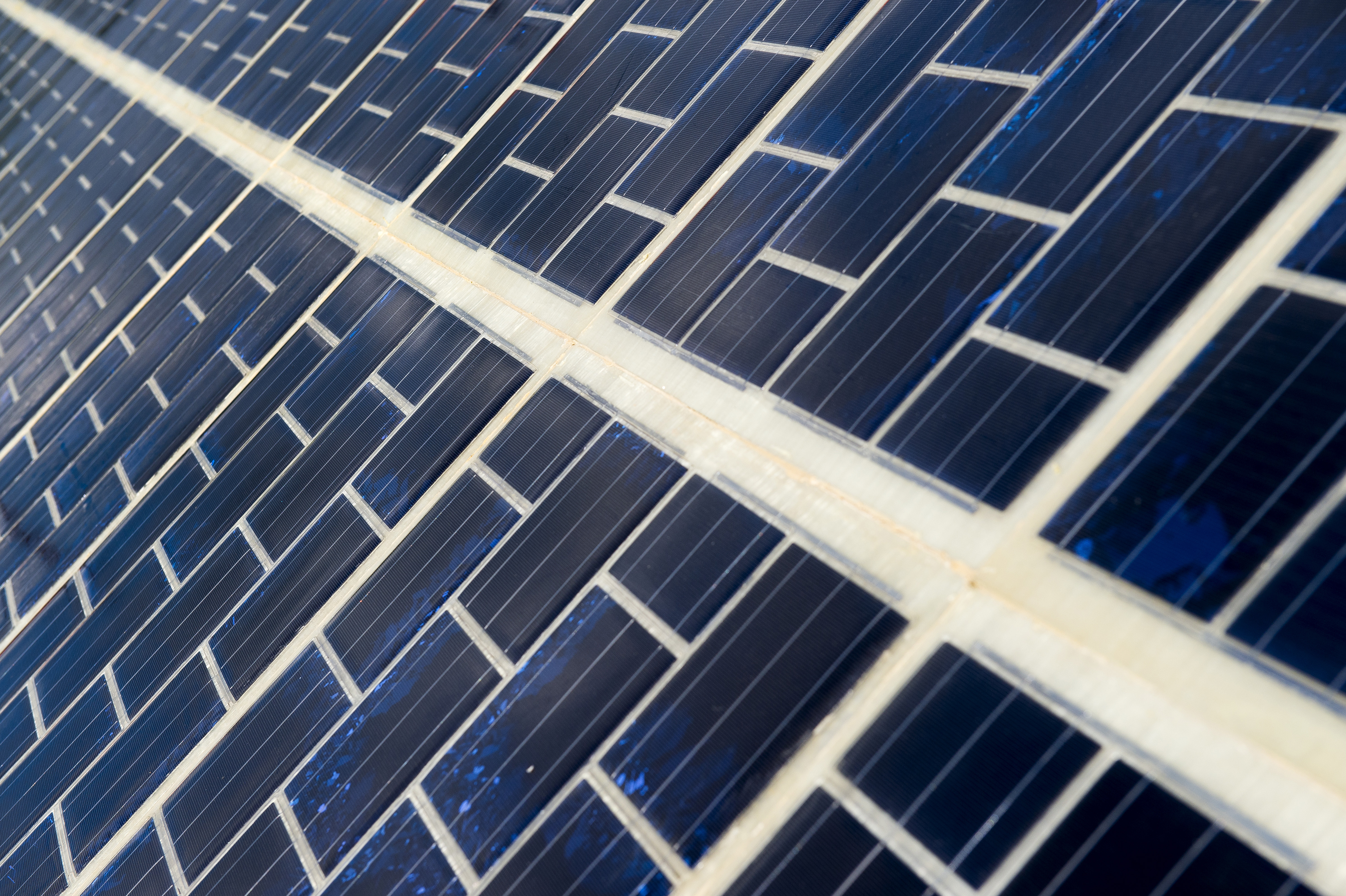
It’s not the first time we talk about roads that actually act like large solar panels meant to distribute the generated energy to households, street lighting, traffic systems, and why not — electric vehicles driving over them. The first SolaRoad in the world — a 70-meter long bike path — that converts sunlight into electricity was built in Netherlands in 2014. But France enters the game with a much more ambitious plan of installing 600 miles (or 1,000 km) of solar roads in the next five years. We cannot wait to see it happen, and here’s why: one kilometer only of the roadway paved with Wattway panels will power the streetlights in a town of 5,000 inhabitants.
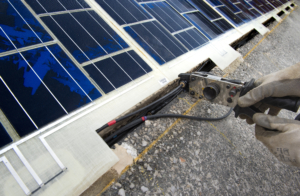
Wattway panels are comprised of photovoltaic cells, which are embedded in a multilayer substrate and collect solar energy via a thin film of polycrystalline silicon that enables the production of electricity. On the underside of the panels there is a connection to a lateral module containing the electrical safety components. But there are several other facts about the Wattway panels that bring them to the top of the innovation list, when compared to other photovoltaics. The panels can be used on any road at any place in the world, are able to bear all types and sizes of existing vehicles, and are just seven millimeters thick but extremely strong and solid. Very important, Wattway panels are installed directly on the pavement, without additional civil engineering work required, such as deconstruction of the road and rebuild.
“Can you imagine our future roads serving not only our transportation and communication needs, but also covering most of our daily energy demands?”
So, can you imagine our future roads serving not only our transportation and communication needs, but also covering most of our daily energy demands?
And doing so in an environmentally friendly way through a renewable energy source. France’s big project, when passes the trial stage and once completed, will be supplying electricity to five million people. But this is just the beginning of the roads of the future, which have the competence to evolve into smart roads, and transmit live traffic information.
France’s goal is to design high-impact transportation environments by applying the idea of solar roads to bigger scale projects than what they were initially conceived for — pedestrian walkways, sidewalks and cycling routes. Although admittedly there is still research and testing in progress, in terms of the long-term vision there definitely will be benefits and positive implications in the battle to stop climate change.

And if it were enough to paint the roads in white to limit the extreme heat in the city? This
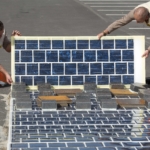
This is the road of the future. Photovoltaic and smart, it can capture solar energy and produce electricity directly. This
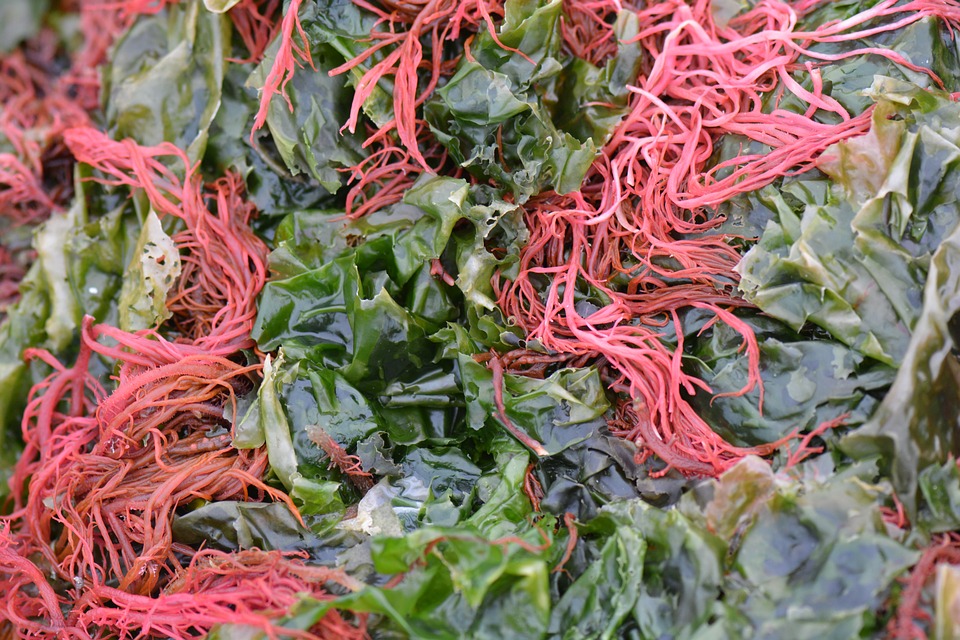
People produce garbage, and the more our population grows, the more waste we leave behind. But the amount of full bin bags that are disposed per day, isn’t only determined by our numbers — it’s also defined by our lifestyle, which is shifting into a more assiduous and complex way of life.
Plastic, a disposable material which is composed of major toxic pollutants, came as a relief in our busy lives that require fast solutions: open, empty, shove, replace. But what we have given little notice of is plastic’s resistance to decomposition, which makes its lifespan as long as 500 to 1,000 years.
A team of Japanese designers and engineers dared to ask the critical question: “for how long can we sustain this cycle of plastic accumulation?”, and knew that the answer isn’t comforting for the natural environment. Thus, they joined forces, and gave an alternative response to the plastic pollution — a gelatinous material obtained from red marine algae that can be used to replace the cheap, widely available and overused plastic.
Agar Plasticity is the environmentally friendly alternative to plastic … it can be disposed without upsetting the food chain, or harming the land, the air, and the water.
As explained to Good, Agar Plasticity is the environmentally friendly alternative to plastic because — alike plastic — it can disposed without upsetting the food chain, or harming the land, the air, and the water in the process. Agar absorbs and retains water quite well, and it can be used to improve water retention by mixing it with soil in a garden. Even if the agar ends up in the oceans, it won’t violate the marine life, given its original incarnation as marine material.
The process of making agar plastic is similar to the process that is used in Japanese cuisine, where agar is dissolved in water, heated and then cooled until it becomes gelatinous — a perfect ingredient for desserts. The agar powder is dissolved in simmering water and then poured into a mold. Once the agar sets into a jelly, the mold is frozen for two days. The freezing process forms the agar into a structure that can provide cushioning for a packaged item. After two days, the frozen agar solution is thawed and completely air-dried.
Agar Plasticity is in its early stages, but the goal is to see it replacing mass consumption plastic products, which are harming organisms. In the meantime, we can take our own little step towards a less plastic-oriented lifestyle by incorporating small changes: shop with cloth shopping bags, carry water in reusable bottles, upcycle, use matches, and avoid items packaged in plastic.
Note: AGAR PLASTICITY is a project by the designing team AMAM, and it is one of four finalists for the 2016 Lexus Design Award.
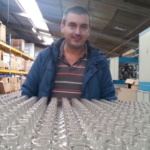
In an article last year, we featured a young Icelandic who produced a bottle of biodegradable water from seaweed. We
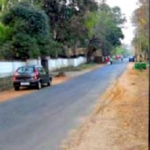
India is confronted with a huge waste problem. Plastic is one among them as it pollutes waterways, landscapes. Plastic bags
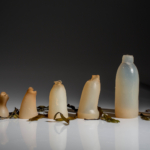
If we take the trouble to go further than the simple prototype, this is undoubtedly a good news for the

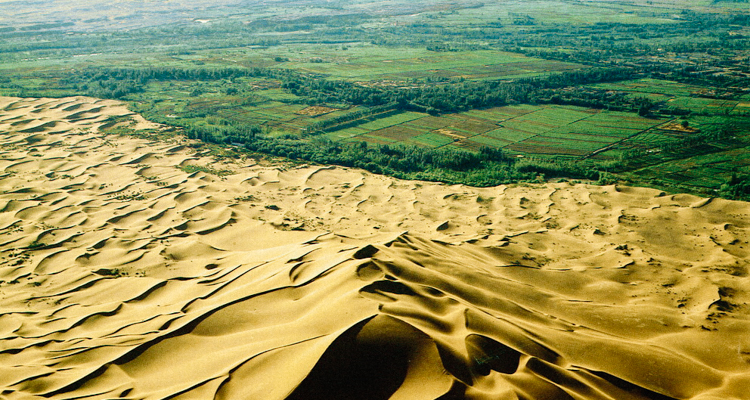 It could become one of the wonders of the world. Launched in 2012, the Great Green Wall is made of vegetation and extends over thousands of kilometers across Africa. Designed to slow the spread of the Sahara desert, it is taking shape. Read more
It could become one of the wonders of the world. Launched in 2012, the Great Green Wall is made of vegetation and extends over thousands of kilometers across Africa. Designed to slow the spread of the Sahara desert, it is taking shape. Read more

Harmful smoke produced in homes where coal, wood or manure are used as cooking fuel, is killing hundreds of people
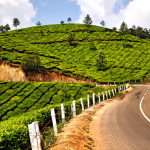
In India, the government identified two major problems: youth unemployment and poor air quality. Fortunately, they found an innovative solution
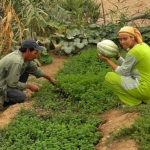
In Brachoua, Morocco the locals just wanted to meet their food needs but, in the end, they did much more
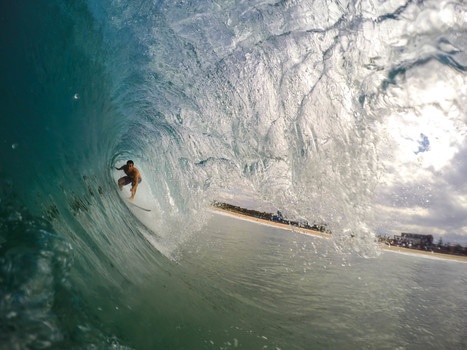
The numbers are alarming, but awareness is probably to everyone’s advantage, and will put the ocean waste image into a perspective. According to Beachapedia — a database on coastal environmental information — at least 5.25 trillion plastic particles weighing 268,940 tons are currently floating at sea. But this fact doesn’t mean that there’s nothing to be done, and surf companies are now more than ever taking action to manage ocean waste.
In a photo reportage, Tess Riley from The Guardian, profiles surf companies that find solutions to reduce ocean waste and inspire further stimulus. Here, we have put their efforts together with confidence that this is only the beginning towards cleaner and healthier oceans.
The American athlete Thomas Edward Blake revolutionised board designing between the 1920s-1930s by building the first hollow wooden surfboard, and adapted the hundred-year-old Polynesian technique of surfing into a popular sport. Surfers are taken back to their roots with the production of wood-made surfboards, as opposed to the petrochemical derived mass surfboards. Otter surfboard makers, recycle the wood offcuts, and the sawdust is turned into briquettes that are sold for communal use in log burners.
Sometimes ideas to save the sea come from the shore. Rareform has established that 12′ x 48′ ft of durable vinyl material is rather treasurable to go to waste. Thus, they collect, wash and hand-cut vinyl billboards into unique surf backpacks, wallets, board bags and duffles.
Swimwear is a surfer’s second skin, so it would better be a positive presence in the sea, and have a good environmental impact. Patagonia has launched yulex rubber-made swimwear that is neoprene-free and uses bio-rubber from the bark of the Guayule plant. Other eco-friendly swimsuits like the sustainable RubyMoon use ECONYL nylon yarn from dumped fishing nets and other waste materials that would eventually enter our food chain.
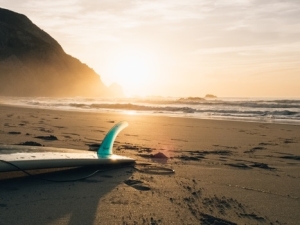 Other surf essentials, such as handplanes and surfboard fins — although they are seemingly small items — can leave a positive imprint too in the path of limiting industrial waste and plastics and producing less emissions. For example, Enjoy Handplanes uses foam and blanks from old boards and neoprene from well-worn wetsuits to make the handles. The materials that would definitely end up in the landfill are turned into fully recyclable products.
Other surf essentials, such as handplanes and surfboard fins — although they are seemingly small items — can leave a positive imprint too in the path of limiting industrial waste and plastics and producing less emissions. For example, Enjoy Handplanes uses foam and blanks from old boards and neoprene from well-worn wetsuits to make the handles. The materials that would definitely end up in the landfill are turned into fully recyclable products.
With the convenience of modern life came too must wasteful non-biodegradable plastic and other pollutants that are getting into the sea, are harming marine life and — for the vicious circle to close — are harming us.
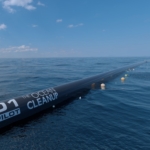
Over 5 trillion pieces of plastic currently litter the ocean. Each year, 270,000 tons of plastic waste is released into
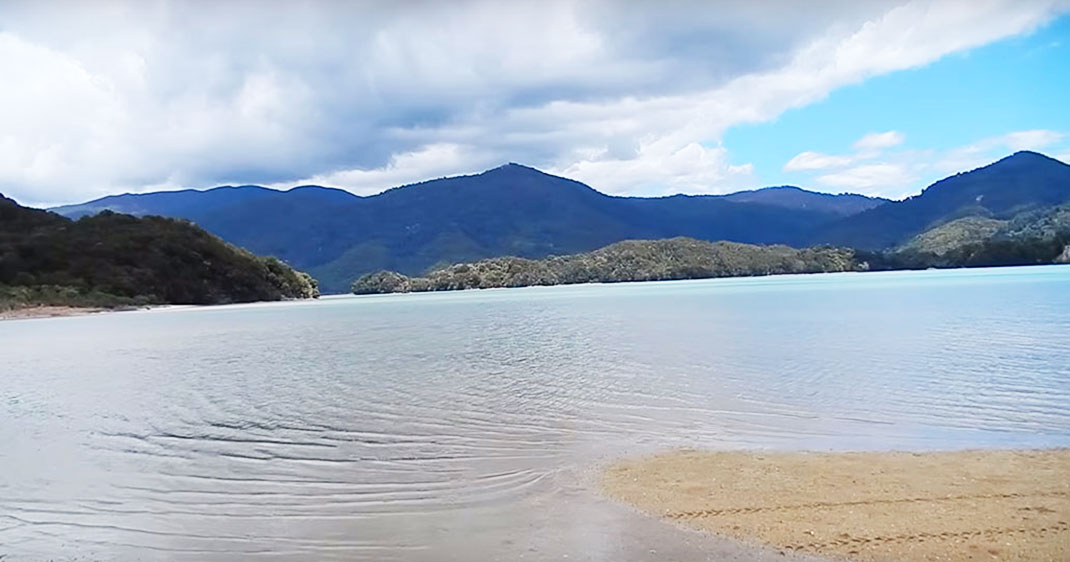
At a time when the whole world seems overrun by human constructs, a small New Zealand beach has resisted to developers. A pretty citizens’ initiative to preserve its ecosystem. Read more

He always liked to transform the cities and allow the meeting between the inhabitants to make them happy. Geneva’s Dan

There is neither aroma nor artificial additives in this Texan coffee. The cups are recycled or composted as well as
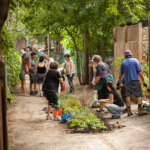
In Montreal, Quebec, volunteers are working towards edible streets. Now, residents can consume fruits and vegetables freely that grow almost in
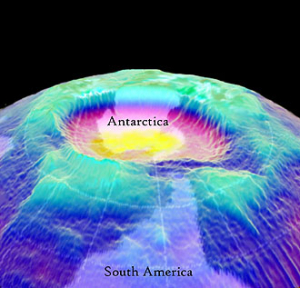
Good news, on the environment, is scarce. For the first time, a group of English and American scientists succeeded in demonstrating that the hole in the ozone layer is showing signs of disappearing.
The hole in the ozone layer over Antarctica is in the process of recomposing much faster than expected, according to a British-American study, published recently in the prestigious journal Science.
The researchers did not expect such a conclusion: the last fifteen years, the hole over the ozone layer has shrunk four million square kilometres, which represents half the size of America. How to explain this “healing” of the ozone layer, in the words of American scientist at Massachusetts Institute of Technology (MIT) who led the study? “It would be largely due to the efforts of countries worldwide to stop using some pollutants gases, chlorine gases,” Susan Solomon told. “This is really a significant accomplishment for society. It is a global environmental dilemma, and we have put ourselves on a good trajectory,” Solomon added.
A significant accomplishment for society” – Solomon
These gases were, for example, in air conditioners, refrigerators, or aerosols. Mainly responsible for the weakening of the ozone layer, they have been progressively banned after the signing of an agreement by all countries in the world in 1987 known as the Montreal Protocol. And because they are less present in the atmosphere, the hole over the Antarctic is absorbed faster.
Scientists are quite optimistic for the future: according to their models at the current rate, the ozone layer will be completely reconstituted by 2050.
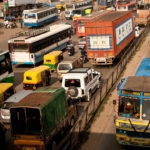
Of the world’s 20 most polluted cities, 13 are found in India, and over 600,000 Indians die as a result

It’s a first in Europe and a big step towards mobility with zero CO2 emissions. French company Global Bioenergies produce

Coradia iLint. This is a non-polluting and non-electric train unveiled by French train construction company Alstom at InnoTrans, an international
